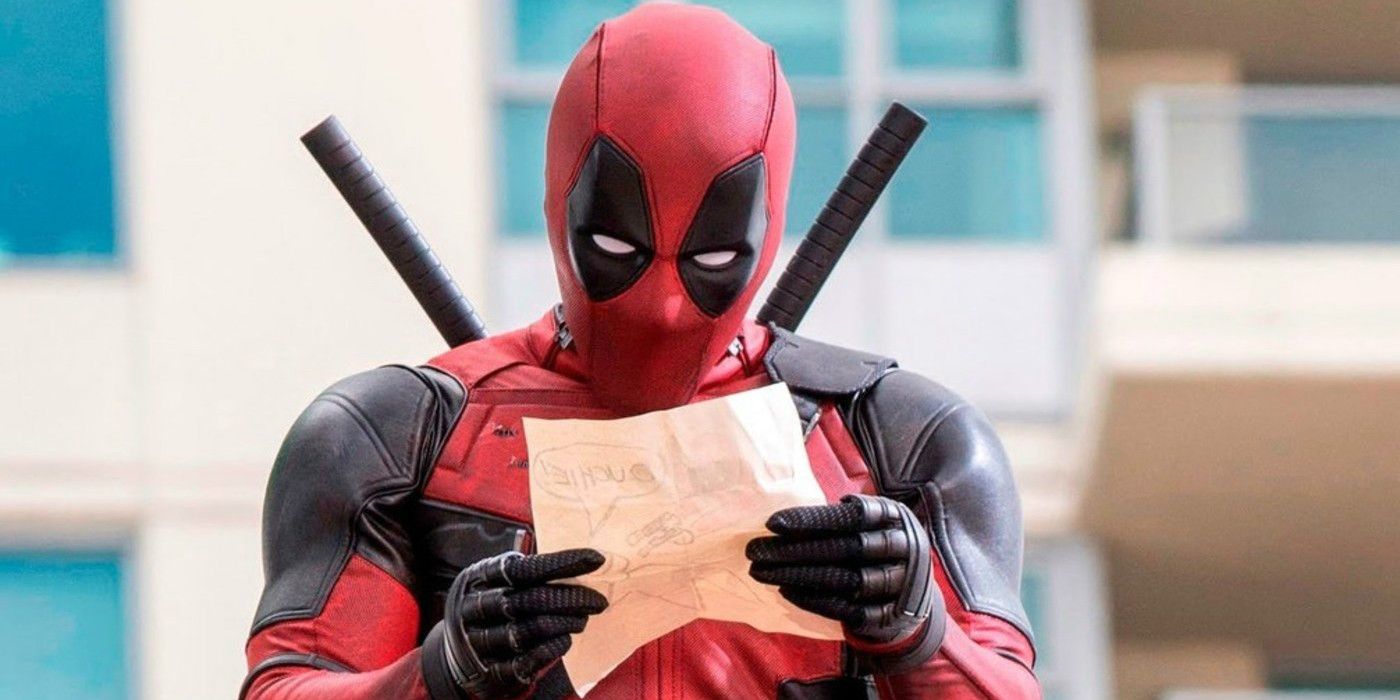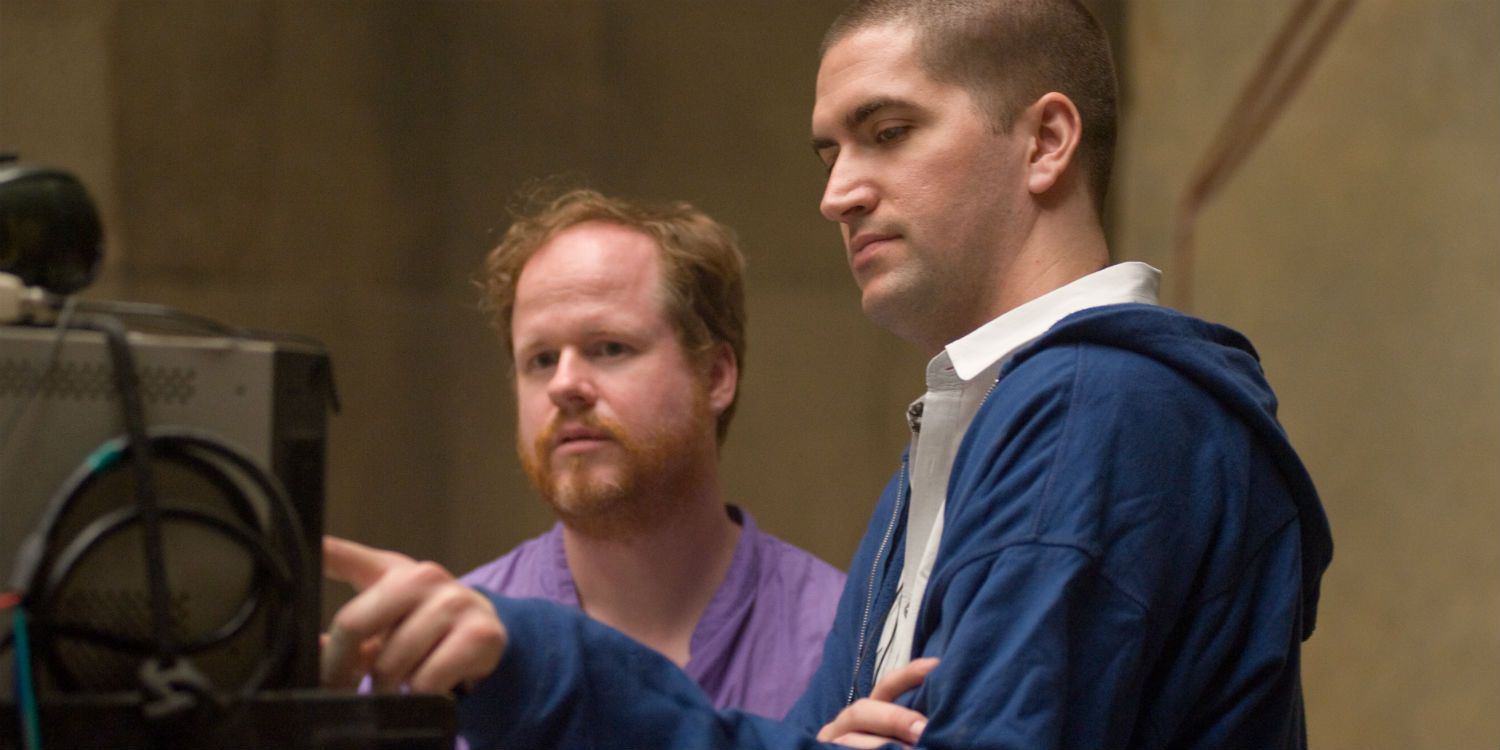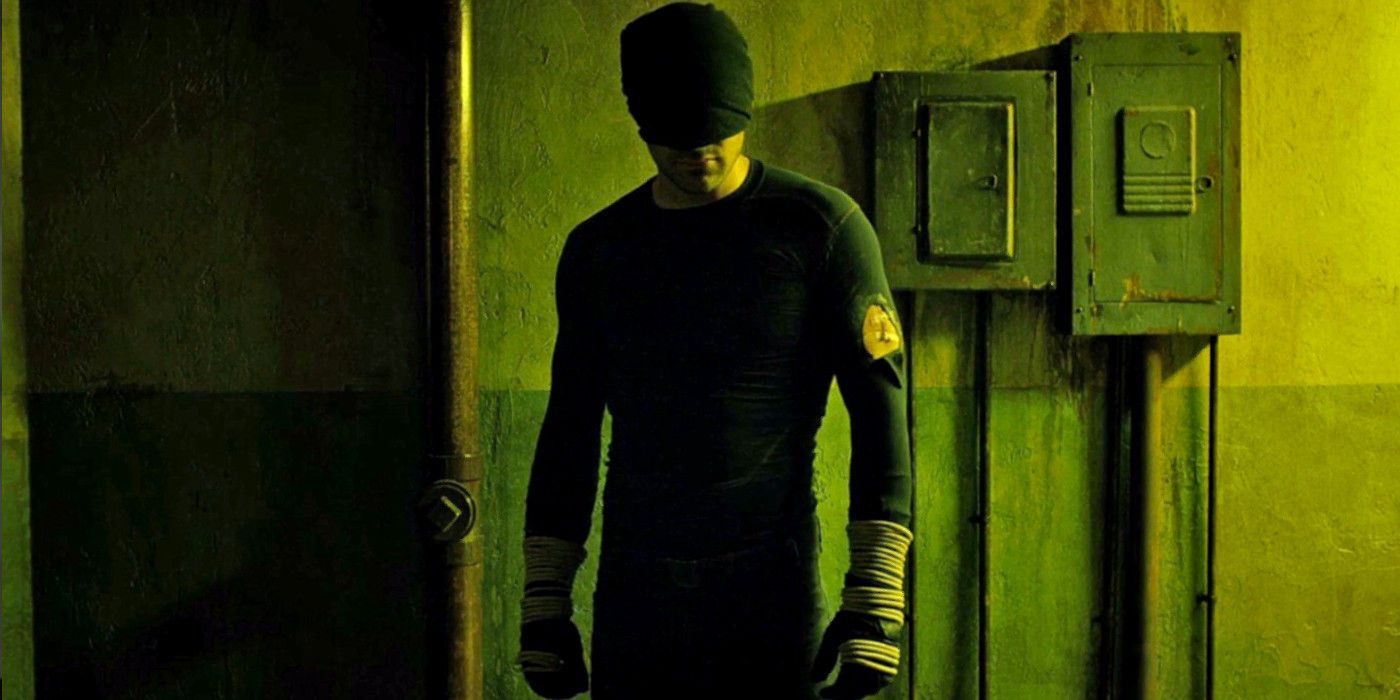The first big update on Deadpool 2 in some time came recently with the news that screenwriter Drew Goddard has been added as a writer for the sequel's screenplay. Goddard is now working with writers Rhett Reese and Paul Wernick to finish off the script, which has been in development since the release of the first Deadpool in February last year. While the addition of another voice so late in the process may set off alarm bells, Goddard's presence is assuredly a sign that the right precautions are being taken to guarantee quality on the merc with a mouth's second big screen outing.
Firstly, it's important to bear in mind proximity to release date before any worry sets in. The Deadpool sequel still doesn't have a release date, an uncommon characteristic of a big studio franchise. Usually a success like the first Deadpool's would see a studio charting a swift course for any sequels and spin-offs, marking in dates as soon as possible. Fox have instead opted to let the development of the story take precedence before anything else. This allows the writers, along with Deadpool star Ryan Reynolds, full creative freedom to create the strongest script by any means necessary – including getting it double-checked by a respected screenwriter like Goddard.
Secondly, even if this does mean that there's been some difficulty in getting the film's screenplay to the finish line, there are few more worthy eyes and hands for the job. Goddard was one of the central creators involved in the first season of Marvel and Netflix's Daredevil, and he's the writer behind Ridley Scott's The Martian and co-writer of 2012's horror send-up Cabin in the Woods. He's got an extensive body of work between TV and film and his presence often signifies quality.
Goddard's Hollywood screenwriting breakthrough was Cloverfield, a found-footage, humanist take on the kaiju genre. Not a masterpiece by any means, the film was an attempt to do something different with tested formulas and explore the big monster/disaster angle on ground level. By using the perspective of a person holding a handycam while experiencing a big monster attack, there's a heightened mystery. Characters die off-screen in horrific ways, strange occurrences go unexplained, and the events seem more frenzied nightmare than exhilarating popcorn fare. Goddard wrote a blockbuster that played on the sadism of the watching audience, trying to display the underlying horror of movies we otherwise regard as light entertainment.
This is the major theme of his other major original work, the aforementioned Cabin in the Woods, co-written with Joss Whedon. For the first half, Cabin follows a group of teenagers secretly coerced by an omnipresent corporation into becoming victims of a set of terrifying creatures in order to appease elder gods and for the second half, the teens use said creatures to take down said corporation. It's an irreverent, self-effacing deconstruction of the entire horror genre that critiques the way in which studios farm unoriginal pictures until any and every trope is done to death.
In other words, Cabin in the Woods is to horror what Deadpool is to comic book movies. It's loving satire, working to exploit, expose and celebrate the litany of stereotypes, tropes and overused mechanics that make up the film's lineage. They both use comedy to undermine and diffuse the abundance of clichés inherent to their construction and they both make ample use of the fourth wall to do so. Cabin in the Woods was a conversation with its audience through various character POVs about how mainstream horror productions had become drab and predictable and unexciting. Deadpool was similarly inclined, with many of its jokes taking jabs at studio politicking and its familiar story-arc. The major difference is Cabin was never designed for a sequel, literally destroying itself in the end to avoid such a thing, whereas Deadpool advertised his own follow-up in a post-credits scene.
Following up such a dismantling of archetype is a daunting task, and with the wait for a finished script, evidently not one the producers are taking lightly. What's so potentially interesting about Goddard putting his fingerprints on the Deadpool sequel is that it may be going to Cabin in the Woods territory, tearing down the gap between Wade and the audience as much as possible. It is the logical next step from the first movie, and there is precedence in comics with Deadpool Kills The Marvel Universe. Perhaps that's the endgame with this middle-child instalment being difficult to fully construct without going to such an extremes. Perhaps the use of another writer is merely to get an outside perspective that can hone some of the more radical ideas. Whatever the case is, if there's one writer fans can count on to make sure Deadpool stays on the straight and narrow, it's definitely Drew Goddard.



